When it comes to maintaining your vehicle‚ few tasks are as crucial as ensuring the cooling system is in top shape. One of the key components of this system is the radiator hose. Over time‚ these hoses can wear out‚ leading to leaks and overheating. If you’re handy with tools and looking to save on repair costs‚ replacing a lower radiator hose yourself is a feasible DIY project. Follow this comprehensive step-by-step guide to get the job done right.
- Tools and Materials Needed
- Step 1: Prepare Your Vehicle
- Step 2: Drain the Coolant
- Step 3: Locate the Lower Radiator Hose
- Step 4: Remove the Old Hose
- Step 5: Install the New Hose
- Step 6: Refill the Coolant
- Step 7: Check for Leaks
- Step 8: Dispose of Old Coolant and Tools
- Additional Tips for a Successful Lower Radiator Hose Replacement
- 1. Inspect Surrounding Components
- 2. Use Quality Parts
- 3. Tighten Hose Clamps Properly
- 4. Monitor Coolant Levels Post-Installation
- 5. Dispose of Old Coolant Responsibly
- When to Seek Professional Help
Tools and Materials Needed
- Tools:
- Socket set
- Wrench set
- Screwdriver set
- Pliers
- Hose clamp pliers (optional)
- Drain pan
- Funnel
- Materials:
- New lower radiator hose (specific to your vehicle model)
- New hose clamps (if necessary)
- Coolant (if needed)
Step 1: Prepare Your Vehicle
Before you start‚ ensure that your vehicle is parked on a flat surface and the engine is cool. Safety should always come first.
Tip: Wear gloves and eye protection to prevent any injuries from coolant spills or debris.
Step 2: Drain the Coolant
Locate the radiator drain plug at the bottom of the radiator. Place your drain pan underneath and open the drain plug to let the coolant flow out. Make sure to dispose of the old coolant responsibly as it is toxic.
Step 3: Locate the Lower Radiator Hose
Once the coolant is drained‚ find the lower radiator hose. This hose connects the radiator to the engine’s water pump. It is typically a larger hose located at the bottom of the radiator.
Step 4: Remove the Old Hose
Using your pliers or a screwdriver‚ loosen the hose clamps securing the lower radiator hose. Carefully twist and pull the hose off the radiator and the engine. If it’s stuck‚ use a bit of force but be mindful to avoid damaging any surrounding components.
Step 5: Install the New Hose
Take your new lower radiator hose and position it over the radiator and engine connections. Ensure that it fits snugly. Reattach the hose clamps to secure it in place‚ making sure they are tight but not overly so‚ to avoid damaging the hose.
Step 6: Refill the Coolant
Using the funnel‚ pour the new coolant into the radiator until it reaches the appropriate level. Check your vehicle’s manual for the specific coolant type and capacity needed.
Step 7: Check for Leaks
Start your engine and allow it to reach operating temperature. Keep an eye on the lower radiator hose and the connections for any signs of leaks. If everything looks good‚ you’re almost done!
Step 8: Dispose of Old Coolant and Tools
Dispose of the old coolant according to local regulations. Clean up any spills and put your tools away. A clean workspace is a safe workspace!
Replacing a lower radiator hose is a manageable task that can save you time and money. With just a few tools and some patience‚ you can ensure your vehicle runs smoothly and efficiently. Remember to check your hoses regularly as part of your vehicle maintenance routine to prevent unexpected breakdowns. Happy driving!
Additional Tips for a Successful Lower Radiator Hose Replacement
While the basic steps outlined above will guide you through the process‚ here are some additional tips to ensure a smooth and effective replacement:
1. Inspect Surrounding Components
Before you finalize the installation of the new hose‚ take a moment to inspect nearby components‚ including the thermostat‚ water pump‚ and radiator itself. Look for any signs of wear or leaks‚ as these could indicate that further repairs are needed.
2. Use Quality Parts
When purchasing a new radiator hose‚ opt for high-quality parts that meet or exceed OEM specifications. Cheaper hoses may wear out quickly‚ resulting in additional repairs down the line.
3. Tighten Hose Clamps Properly
Ensure that the hose clamps are tightened adequately to prevent leaks. However‚ be careful not to overtighten as this can damage the hose and lead to premature failure. A good rule of thumb is to tighten them until they are secure but still allow for slight movement.
4. Monitor Coolant Levels Post-Installation
After you’ve completed the installation and the engine has cooled down‚ check the coolant level once again; It’s crucial to ensure that the system is properly filled. Top off the coolant if necessary and keep an eye on the levels over the next few days to catch any potential leaks early.
5. Dispose of Old Coolant Responsibly
Remember that old coolant is hazardous to the environment. Many auto parts stores or local recycling centers offer coolant disposal services. Make sure you take the time to dispose of it correctly.
When to Seek Professional Help
While replacing a lower radiator hose is a straightforward task for many DIY enthusiasts‚ certain situations may warrant professional assistance:
- If you notice significant corrosion or damage to the radiator or engine components‚ it’s best to consult a mechanic.
- If you’re unsure about the correct parts or installation process‚ professional guidance can save you time and prevent errors.
- If your vehicle has complex cooling systems or is equipped with advanced sensors‚ a professional may be better suited to handle the job.
Replacing a lower radiator hose is an excellent way to familiarize yourself with your vehicle’s cooling system while gaining confidence in your DIY skills. By following this step-by-step guide and keeping these additional tips in mind‚ you’ll not only ensure the longevity of your vehicle’s cooling system but also enhance your overall automotive knowledge. So roll up your sleeves‚ gather your tools‚ and get to work—your car will thank you for it!

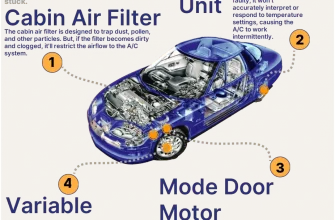
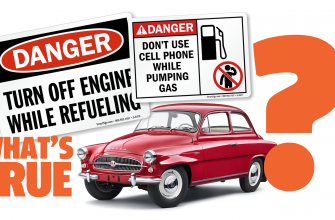
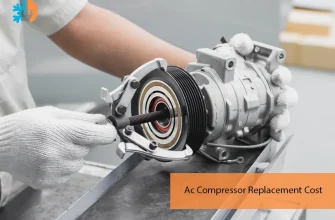

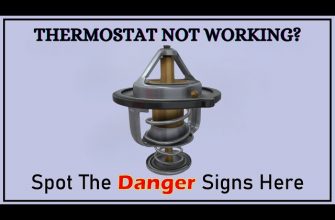

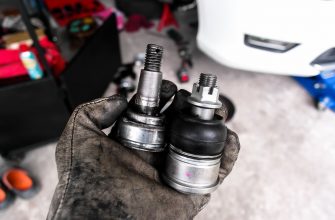
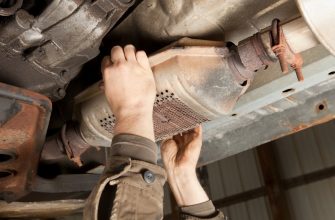
I found the visuals in this article really helpful in understanding each step better. This is a fantastic resource for DIY enthusiasts!
The section about disposing of old coolant was very informative. It’s crucial to handle these materials responsibly. Thank you for the reminder!
Great tips on safety and preparation! It’s important to be cautious while working on your car, and this article emphasizes that perfectly.
I love how you included a list of tools needed. It made gathering everything much easier before starting the project. Very helpful guide!
This guide is incredibly detailed! I appreciate the step-by-step approach, making it easy for someone like me to follow along. Thanks for sharing!
I never thought I could replace my radiator hose myself until I read this article. The instructions were clear and straightforward. Highly recommend!